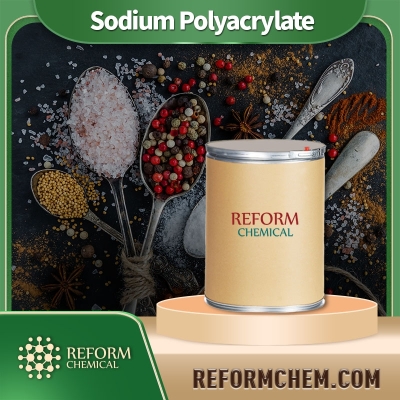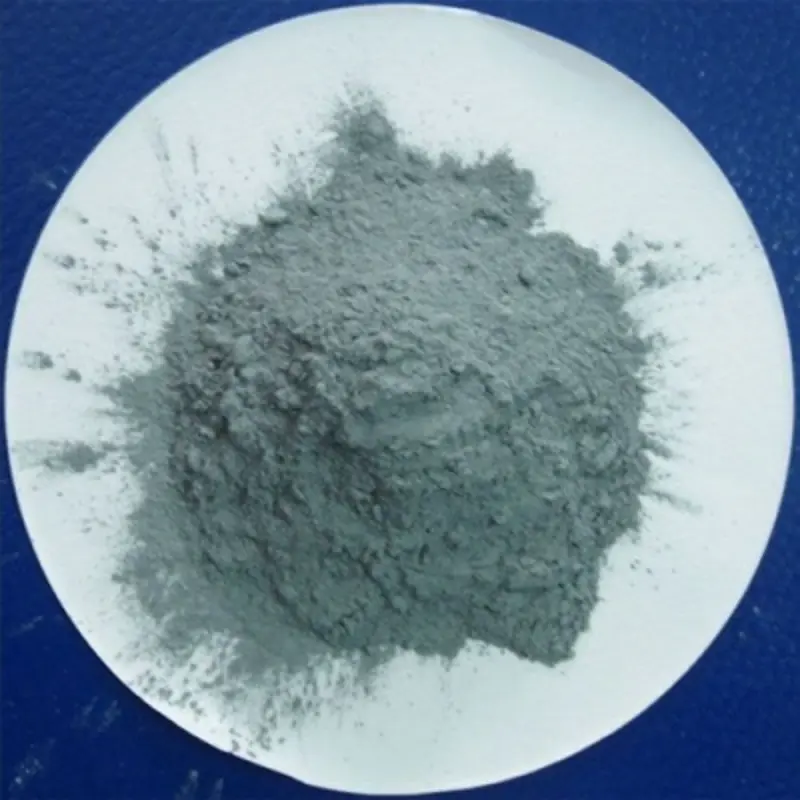-
Categories
-
Pharmaceutical Intermediates
-
Active Pharmaceutical Ingredients
-
Food Additives
- Industrial Coatings
- Agrochemicals
- Dyes and Pigments
- Surfactant
- Flavors and Fragrances
- Chemical Reagents
- Catalyst and Auxiliary
- Natural Products
- Inorganic Chemistry
-
Organic Chemistry
-
Biochemical Engineering
- Analytical Chemistry
-
Cosmetic Ingredient
- Water Treatment Chemical
-
Pharmaceutical Intermediates
Promotion
ECHEMI Mall
Wholesale
Weekly Price
Exhibition
News
-
Trade Service
The production process of lead diacetate trihydrate is a multi-step process that involves several chemical reactions and purification steps.
Lead diacetate trihydrate, also known as lead(II) acetate trihydrate, is a white or slightly yellowish solid that is used as a catalyst in various chemical reactions.
The chemical formula for lead diacetate trihydrate is Pb(CH3COO)2·3H2O.
The first step in the production process of lead diacetate trihydrate is the preparation of lead oxide.
This is done by heating lead metal in an air atmosphere until it reaches a red heat.
The lead metal is then quenched in water to produce lead(II) oxide, which is then ground into a fine powder.
The next step is to dissolve the lead(II) oxide in a mixture of acetic acid and water.
This is done by adding the acetic acid to the water and then adding the lead(II) oxide.
The resulting solution is then stirred and heated to dissolve the lead(II) oxide.
The next step is to Allow the solution to cool, and then add a small amount of hydrochloric acid to the solution.
This causes the lead diacetate to precipitate out of solution as a white precipitate.
The precipitate is then collected and washed with water to remove any impurities.
The lead diacetate is then dried and ground into a fine powder.
This powder is then heated in a furnace at a high temperature in the presence of anhydrous sodium sulfate.
This causes the lead diacetate to lose its water of hydration and form lead diacetate trihydrate.
The lead diacetate trihydrate is then collected and purified by recrystallization.
This involves dissolving the lead diacetate trihydrate in a solvent, such as water or ethanol, and then allowing the solution to cool.
The lead diacetate trihydrate will then form crystals, which can be collected and washed with the solvent to remove any impurities.
The final step in the production process of lead diacetate trihydrate is to dry the purified lead diacetate trihydrate and grind it into a fine powder.
This powder can then be used as a catalyst in various chemical reactions.
Overall, the production process of lead diacetate trihydrate involves several chemical reactions and purification steps.
The process begins with the preparation of lead oxide, which is then used to make lead diacetate.
The lead diacetate is then purified and dried to form lead diacetate trihydrate, which can be used as a catalyst in various chemical reactions.




![Aluminum, [(2E)-2-butenedioato(2-)-κO1]hydroxy- Al-Fum](https://file.echemi.com/fileManage/upload/goodpicture/20230919/ibrutinib-high-quality_b20230919163357076.jpg)


